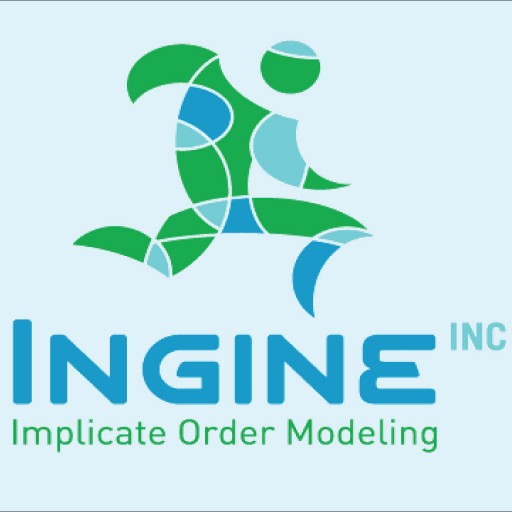✖

Implicate Order and Explicate Order are concepts coined by David Bohm to describe two different frameworks for understanding the same phenomenon or aspect of reality. He uses these notions to describe how the same phenomenon might look different, or might be characterized by different principal factors, in different contexts such as at different scales. For instance, Macro vs Micro overcoming Cartesian Dilemma. In the healthcare context, macro is the population health and micro is the patient health. The implicate order, also referred to as the "enfolded" order, is seen as a deeper and more fundamental order of reality. In contrast, the explicate or "unfolded" order include the abstractions that humans normally perceive. This leads into deeper learning uncovering knowledge deeply encysted in the system. ‘Implicate Order’ attempts to describe those phenomenon which are beyond the limitations of Euclidian Geometry and also the Cartesian Co-ordinate System, Boolean Algebra, Classical Descriptive Statistics, Frequentist Inference, Regression Techniques, Neural Nets etc. Both Euclidian and the Cartesian system are based on determinism associated among the ‘objects’, and describes the mechanistic causality. ‘Implicate Order’ attempts to step beyond such views to account for the holistic phenomenon that defies reductionism. Cartesian system in its very structure attempts to capture ‘everything else’ in the world as that can be laid out following the classification scheme, such as set theory. Although, classification scheme has played a vital role for describing everything else in the universe, it is devoid of the inner knowledge about how a certain peculiar behavior manifests. This is where ‘Implicate Order’ emerges as an ontological scheme encoded with the prior knowledge, especially the process that directs the behavior that is about to manifest.
The BioIngine Platform is based on a New Kind of Data Science derived from “The Dirac Notational Algebra”. The method allows for modeling “Implicate Order” as a probabilistic semantic system thus creating a scheme or ontology for making inferences from zillions of possibilities from otherwise complexity ridden irreducible system. The mechanism derived from Dirac Notation (Bra-Ket) for making Inference based on a n-dimensional vector state computational method is called “Hyperbolic Dirac Net” (HDN).
David Joseph Bohm (1917 – 1992) was a leading American theoretical physicist that who contributed to the philosophy of mind and natural language based on his thinking about quantum mechanics. Attractive features of practical mathematics that can be derived from his system for applications to Big Data in the everyday world include the notions of (a) implicate order based on (b) hidden explanatory variables, (c) facts of knowledge asserted as stable truths but nonetheless to be continually tested as refutable, and (d) more elaborate fields of pervading influence that are not confined to inference networks such as the Bayes Net that are based on, for example, directed acyclic graphs rather than the general graph of knowledge interactions . To link these ideas to knowledge and communication he noted that our subject noun phrase, verb, object noun phrase languages as in “The cat chases the mouse”, which we might see today as a “semantic triple”, mirror the worldview of classical physics. Bohm saw everything in terms of verbs as operators describing process and transformation. He conceived a new way of representing natural languages and knowledge that he called the rheomode – from the Greek ‘rheo-’ to flow, arguing that the syntax and grammatical form of language could be changed to give the basic role to the verb rather than the noun. While these aspects may seem abstractly philosophical, we would hold that make perfect sense for a probabilistic semantics in the notation and algebra of Paul A. M. Dirac (1002 – 1984), whose mathematical system does not demote the importance of things and states, but places them on a dynamic conceptual interchange in a system that holds itself up by its own bootstraps. For example, <A|B><C|D> has a subject <A|, “verb” |B><C| and object |B> (but also encodes for subject <D| “verb” |B><C| and object |A>). Nonetheless, <A|, |B>, <C| and |D> are all each separate things, descriptions of state of something, all capable of forming matrices as process and transformation, and yet the above can equally be seen as the products of probability amplitudes <A|B> and <C|D> as entities, each of which describes a conditional, causal, or transitional relationship between A and B, and between C and D. All these perceptions are equally valid, and no one view that eliminates the others is valid.